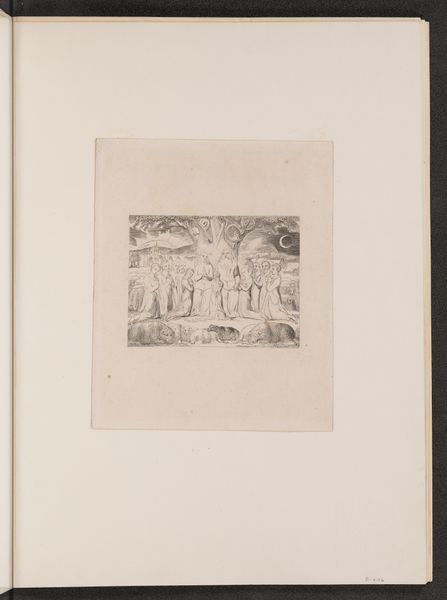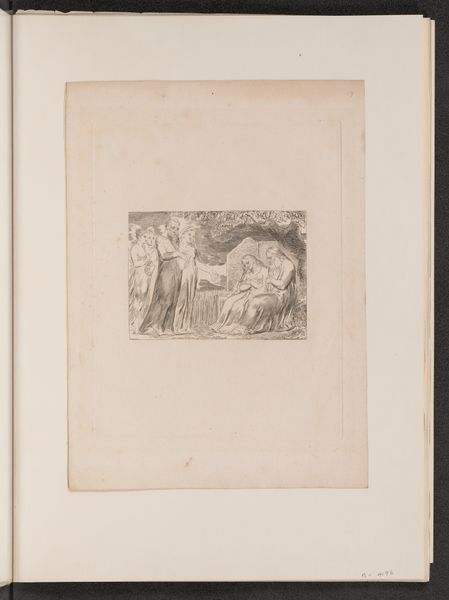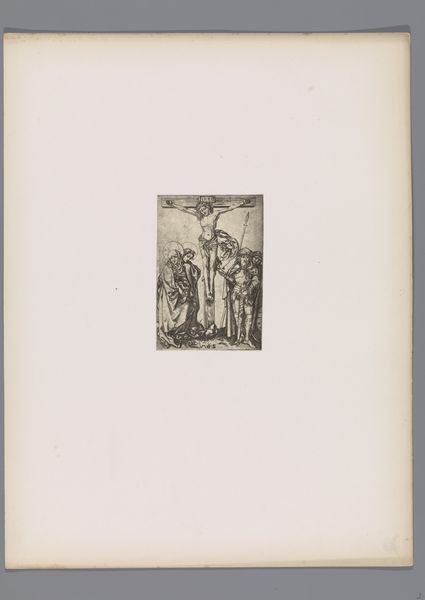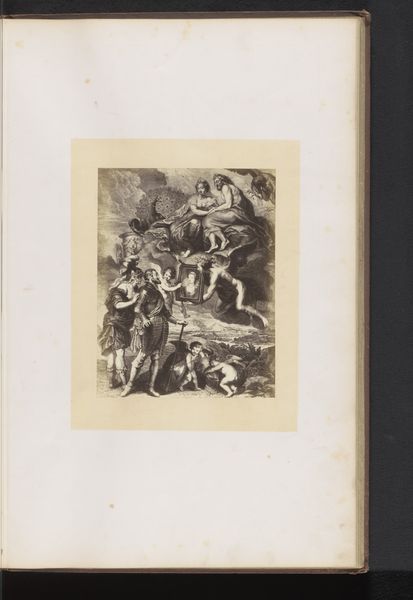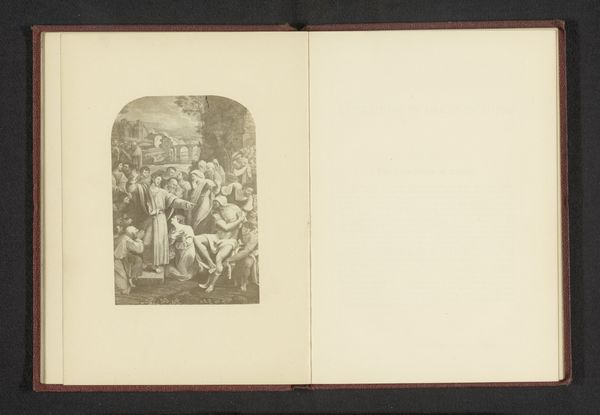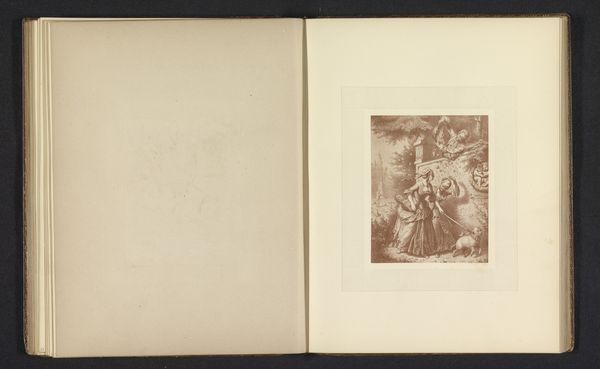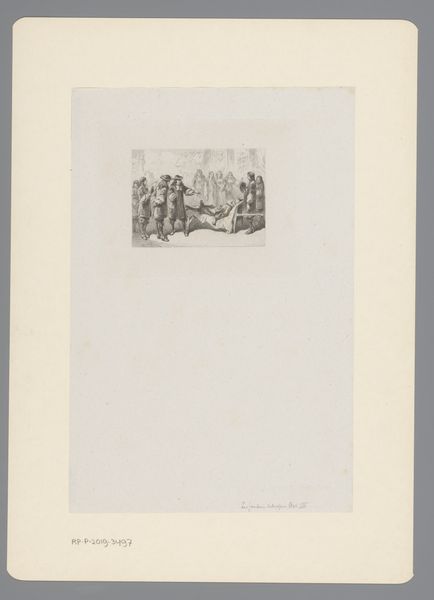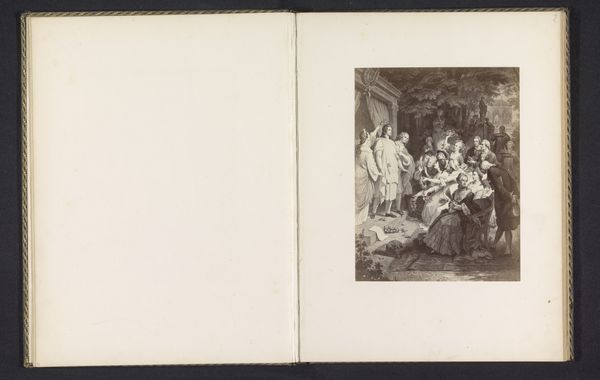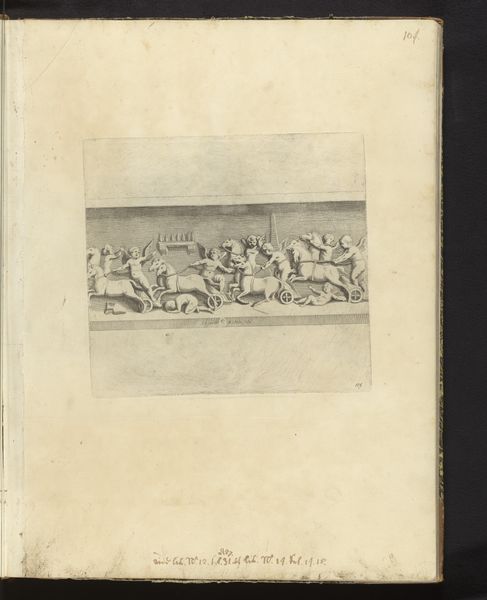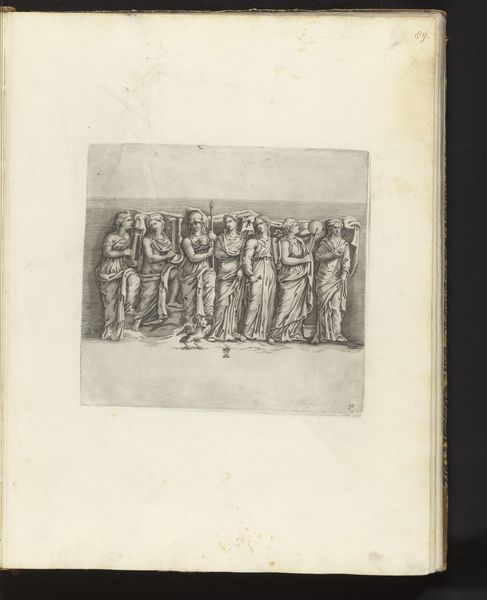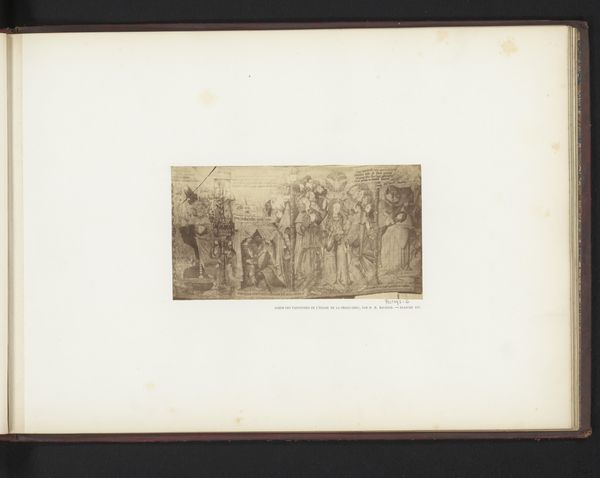
print, engraving
#
narrative-art
# print
#
figuration
#
romanticism
#
history-painting
#
engraving
Copyright: National Gallery of Art: CC0 1.0
Curator: This engraving is William Blake's "Job and His Family," created in 1825. What are your first impressions? Editor: Well, it feels both very formal and intimate. Everyone's arranged so symmetrically, but there's a real tenderness in their gestures. It’s like a family portrait but also a grand, almost theatrical scene. What do you see in this piece, beyond the immediate family dynamic? Curator: Beyond the family tableau, consider the socio-political context of the Romantic era. Blake, often a critic of institutional power, uses the figure of Job to explore themes of suffering, faith, and ultimately, redemption. Notice the landscape—the contrast between the idyllic setting and the presence of trials, symbolized by the prostrate figures and the torment he endured. Editor: So, it’s less about simple piety and more about the struggle against systemic injustice? Curator: Precisely! Blake uses the visual language of the Bible to critique the very structures that often use that same language to justify oppression. Look at the serpent entwined around the tree, topped by a patriarchal figure. What does that symbolise to you? Editor: Authority... almost like an old-fashioned representation of power but rooted in something ancient and… potentially deceptive. So Blake is taking the biblical story and turning it into a commentary on power structures? Curator: Exactly. It invites us to question whose voices are heard, whose suffering is validated, and how narratives of faith are manipulated for political gain. The personal suffering of Job mirrors the broader injustices prevalent in Blake’s society and beyond. Editor: It's incredible how much social commentary he packed into one image. I came in thinking it was a simple depiction of a Bible story, and now I see so much more about power and justice. Curator: Indeed, it underscores the power of art to spark dialogue and challenge prevailing norms, inviting us to reflect on the continuous struggle for liberation and social change.
Comments
No comments
Be the first to comment and join the conversation on the ultimate creative platform.
